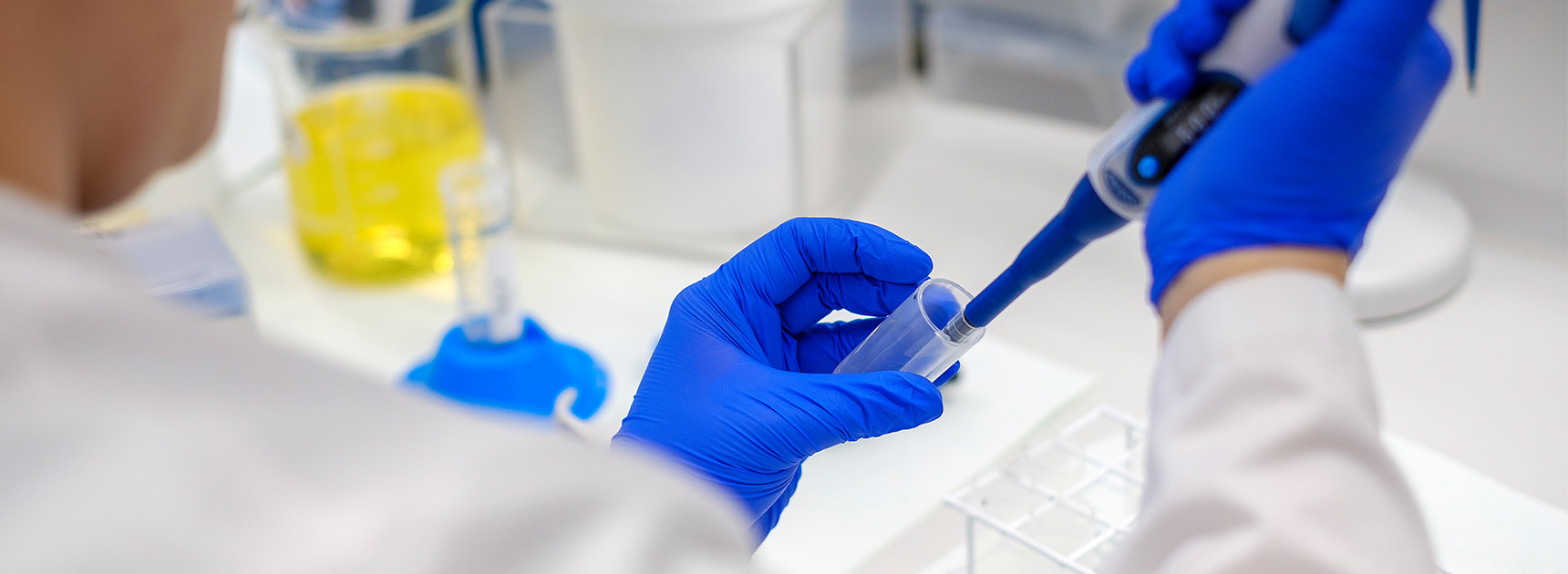Kell blood group and rare blood groups
Rare blood groups are discovered in patients and blood donors during tests for blood typing. They are also sought using ethnic background and genealogical studies.

Kell blood group
Of Finnish blood donors, 96% are Kell negative and 4% are Kell positive (i.e. positive for the K-antigen in the Kell blood group system).
K positive red blood cells can be given to anyone who needs blood, but a small percentage of K negative individuals will subsequently develop antibodies to the K antigen. Patients who have been diagnosed with anti-K antibodies should always be given K negative red blood cells.
The anti-K antibodies that have formed do not cause any problems in blood transfusions, since most (96%) donated blood is K negative. It is therefore not difficult to find K negative blood.
Antibodies, on the other hand, are significant during pregnancy. If a K negative mother has formed antibodies to the K factor and the foetus is K positive, the mother’s antibodies can cause the foetus’ blood cells to break down. For this reason, all girls and women of childbearing age are always given K negative red blood cells. The use of K negative blood products may also be considered for patients who receive repeated blood transfusions.
Donated K positive blood is given to patients just like K negative blood. 4% of Finns who need blood products are also K positive.
Rare blood groups
In addition to basic blood groups, people also have other blood group factors. Some of them are rare. Rarity can also manifest itself in such a way that a person does not have a blood group factor, which is very common in humans. Examples of rare blood groups are Jk-3, k neg, Vel neg and U neg.
Blood group factors other than ABO and Rh D may be important if, for example, a patient has developed antibodies against a particular blood group, or has to undergo repeated transfusions involving large amounts of blood.
Sometimes, international cooperation between the world’s blood services is a prerequisite for being able to help a patient.